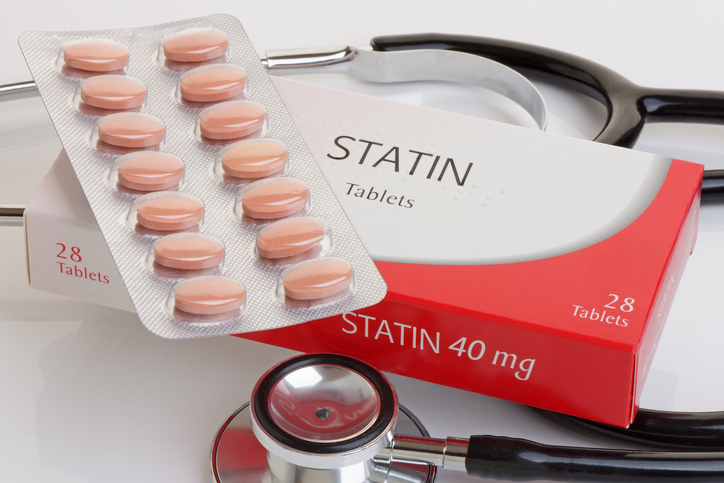 |
|
Statins exert anti-inflammatory, immunomodulatory and antifibrotic effects, leading to the results seen in this study that documented reduced risk of Graves’ ophthalmopathy. Photo: Getty Images. Click image to enlarge. |
The autoimmune inflammatory disorder of Graves’ disease (GD) is most commonly caused by hyperthyroidism. The condition also causes Graves’ ophthalmopathy (GO) in a substantial proportion of patients, leading to debilitating symptoms of disfiguring periorbital pain, dry eyes, diplopia and sometimes visual disturbances. Some prior investigations studying Western populations have seen discrepancies in GO risk factors. Consequently, the authors of a new Taiwanese-based study wanted to determine GO risk factors and explore the potential protective effect of statins in newly diagnosed GD patients.
Included in the retrospective investigation were 3,578 patients diagnosed with GD based on a tertiary center cohort at the National Taiwan University Hospital. In their multivariate model, the study researchers found that statin use reduced GO development risk an impressive 80% (odds ratio 0.2), and this was after adjustment for sociodemographic factors, interventions for managing GD and thyroid hormone levels. They also found both thyroid dysfunctions of hyperthyroidism and hypothyroidism to be associated with increased GO development risk. Interestingly, smoking status and lipid profile were not found to be risk factors in this cohort.
In their journal article on the research, the authors reiterate that since this 80% reduction was independent of lipid profile or dyslipidemia status, it is suggestive of other mechanisms being present than just lipid-lowering effects. Although various studies have provided increasing evidence that statin administration may reduce GO risk in patients with GD, the mechanism by which statins or cholesterol levels influence GO development is not yet fully understood. One previous study indicated nonstatin cholesterol-lowering drugs or other anti-inflammatory drugs have no protective effect against GO. Statins, however, on top of possessing hypolipidemic properties, also exert pleiotropic anti-inflammatory, immunomodulatory and antifibrotic effects.
Specifically, simvastatin can inhibit the proinflammatory factor cysteine-rich protein 61’s expression, which is indicated in many inflammatory diseases and includes GO. What’s more, simvastatin may downregulate adipogenesis and inhibit myofibroblast differentiation in cultured orbital fibroblasts from GO patients.
The authors also highlight that the 80% reduction seen here is greater than what has been reported in Western populations. As such, racial differences in the efficacy of statins should be considered. Western populations have indicated need for three to four times higher doses of statins and a much longer duration of statin administration to achieve a certain LDL reduction compared with Asian populations, denoting a higher stain potency in Asian individuals.
Based on this, the researchers point out in their paper that, “aside from the hypolipidemic effect, the protective effect of statins against GO may also exhibit racial differences.” Along with this, they add: “Further cross-ethnic research or analysis would be required to validate the racial difference of the pleiotropic effects of statins and elucidate the potent genetic factors.”
Hsu GCY, Shih SR, Chang FY, Liao SL, Wei YH. An appraisal of the preventive effect of statins on the development of Graves’ ophthalmopathy: a hospital-based cohort study. Ophthalmol Ther. April 6, 2024. [Epub ahead of print]. |


